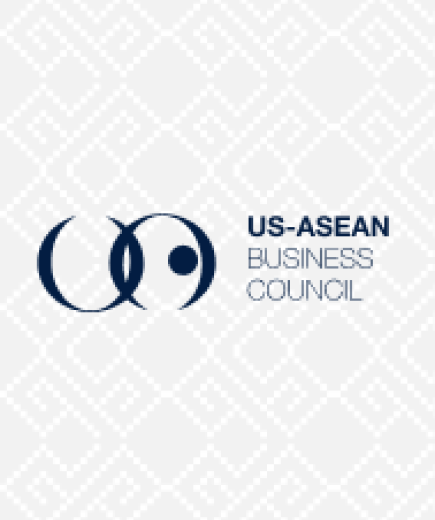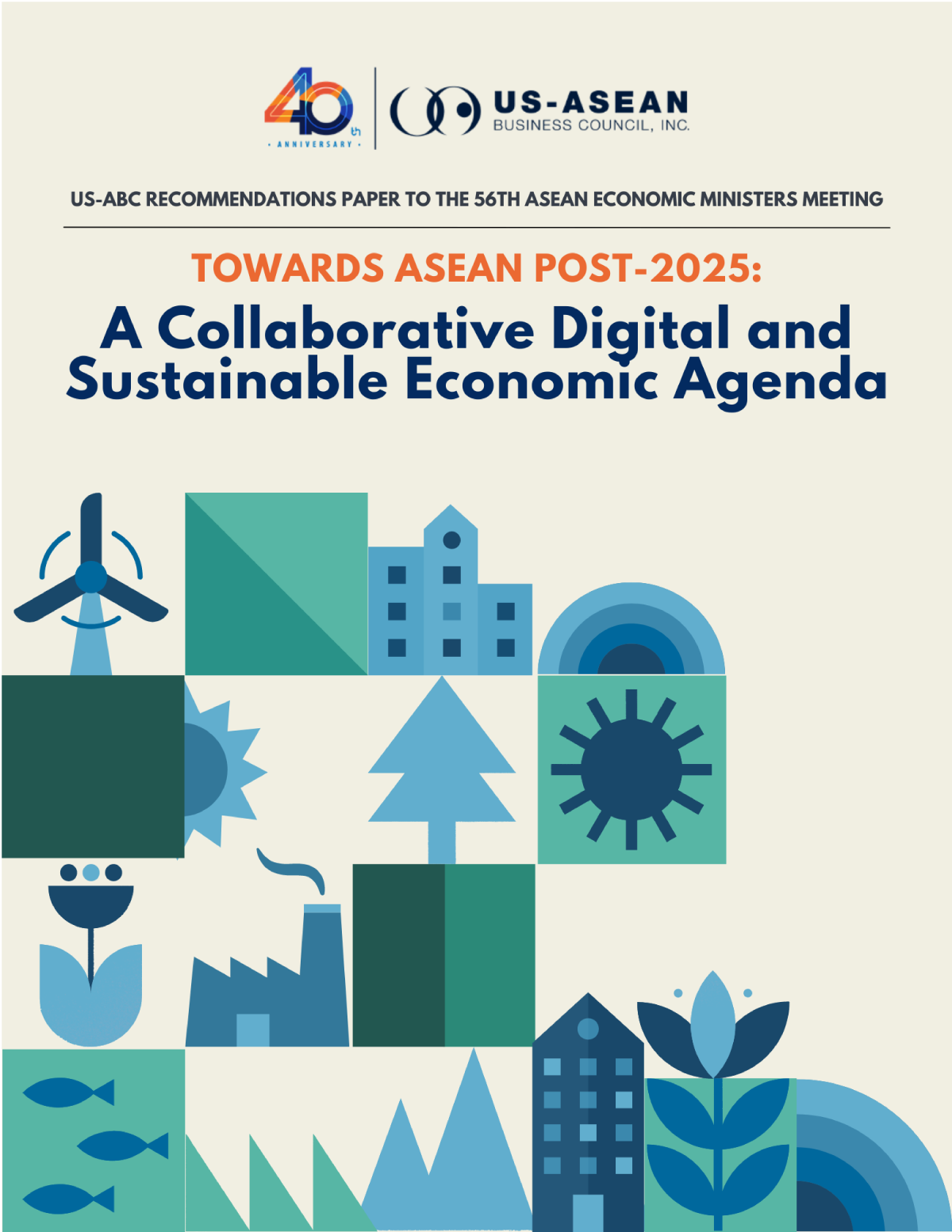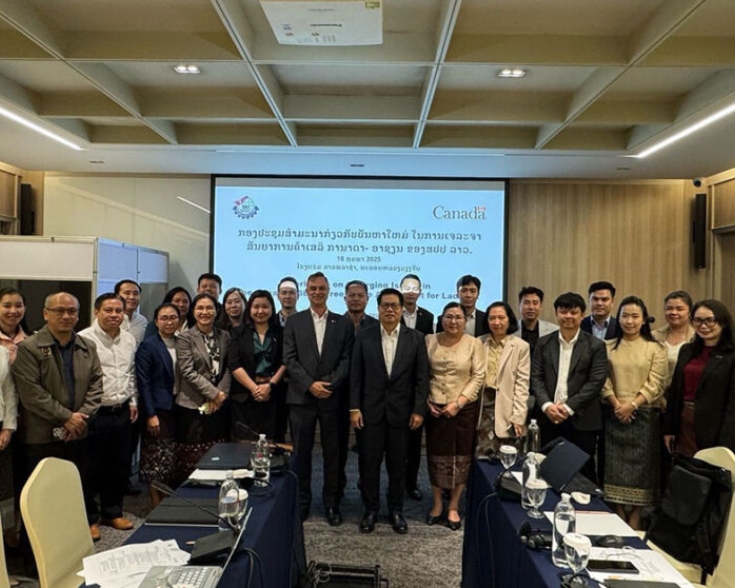Laos Sees Record Tourism Growth

Laos experienced a significant surge in tourism in 2024, welcoming over 4.1 million international visitors—an increase of nearly one million from the previous year. The top contributing countries were Thailand, Vietnam, and China, with Thailand leading at 1.2 million tourists. By November 2024, total visitor numbers had surpassed five million, generating over USD 1 billion in revenue, according to Prime Minister Sonexay Siphandone. Domestic tourism exceeded expectations by 27 percent, highlighting the effectiveness of government-led initiatives.
Key drivers of this growth included the Visit Laos Year 2024 campaign, expanded international exposure, and special visa exemptions for travelers from over 30 countries. Infrastructure improvements, particularly the Laos-China Railway, have enhanced connectivity between major destinations such as Vang Vieng, Luang Prabang, and Oudomxay, making travel more convenient for both domestic and international tourists. Additionally, direct flights introduced by major airlines like Lao Airlines and China Eastern Airlines have strengthened links between Vientiane and key Chinese cities, including Guangzhou and Kunming.
Rising demand has also spurred significant investments in the hospitality sector. In 2024, leading international hotel chains opened new properties in Vientiane, reflecting growing confidence in the country’s tourism potential. These developments cater to a broad spectrum of travelers, from budget-conscious visitors to those seeking high-end accommodations. Additionally, Laos’ commitment to sustainable tourism earned global recognition, with Luang Prabang receiving an award in the 2024 Green Destinations Top 100 Stories for its dedication to cultural preservation and responsible tourism.
Looking ahead, Laos plans to continue expanding its tourism industry by improving infrastructure, diversifying attractions, and strengthening public-private partnerships. With ongoing efforts to enhance roads, facilities, and marketing strategies, the country is well-positioned to establish itself as a staple travel destination in Southeast Asia.








